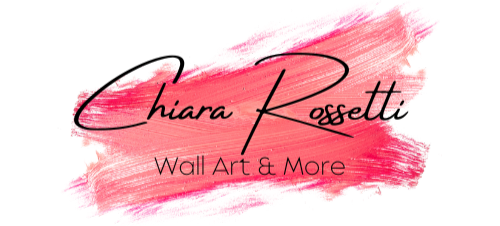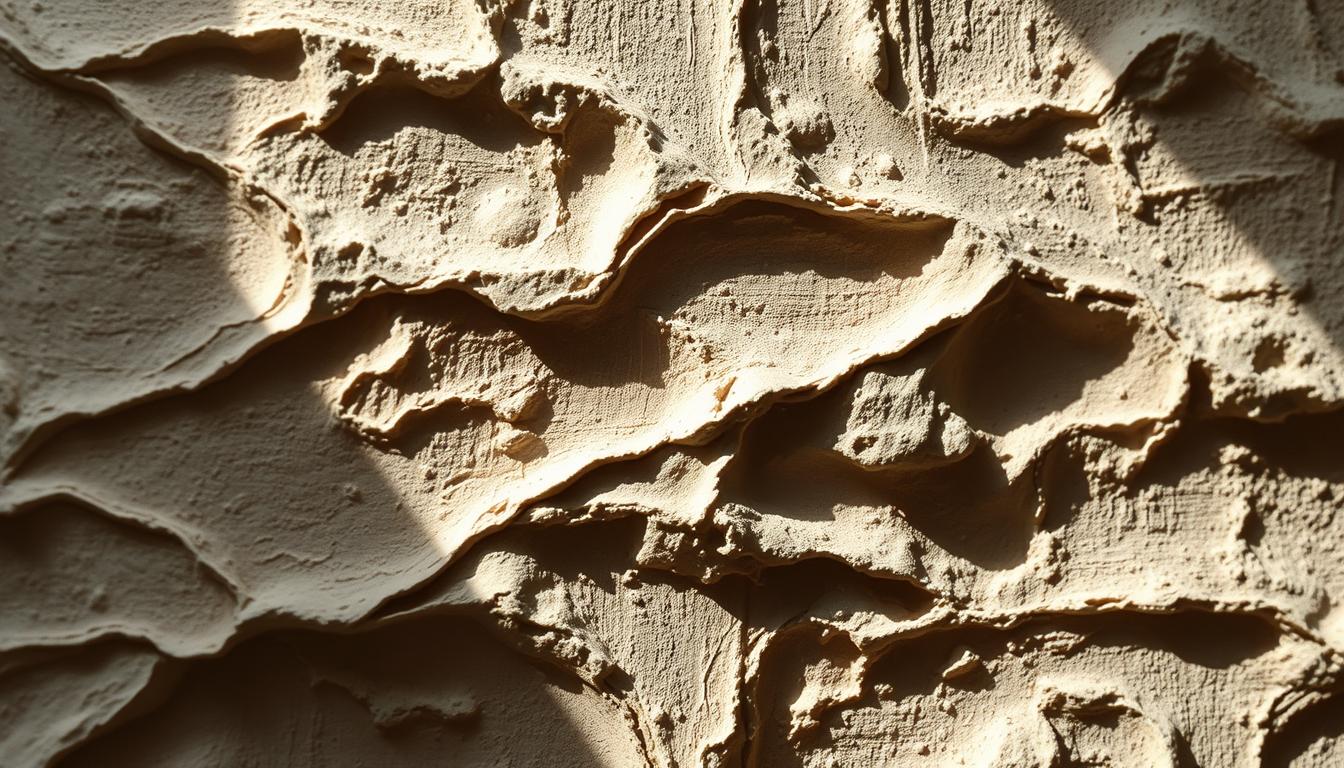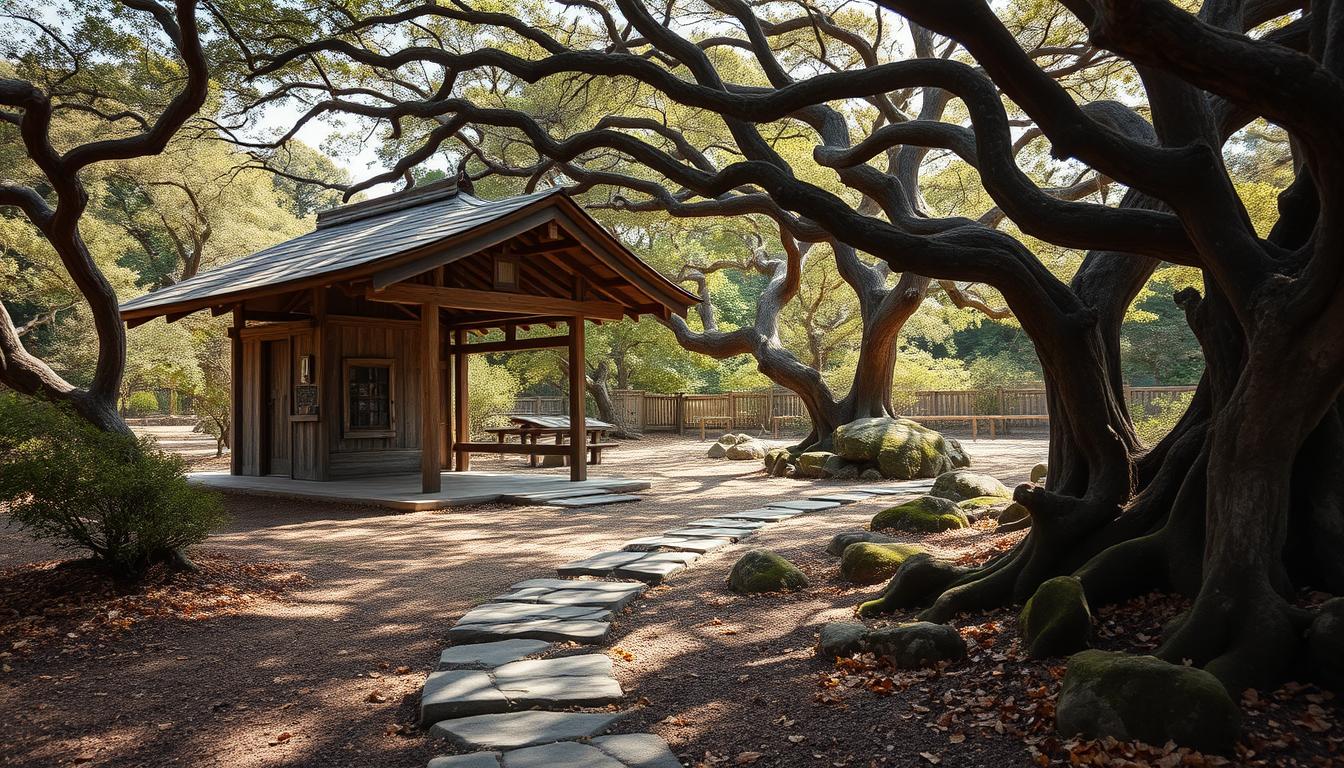Which medium gives more depth and lasts better in a busy home? This question guides our short comparison so you can pick the right approach for your décor and projects.
We’ll show where each material shines — from heavy, sculptural mixes that sand smooth to flexible acrylic pastes that hold sharp peaks and tint easily. Expect practical notes on drying, cracking, and how weight affects hanging and shipping.
For a quick look at common supplies and their pros, see this guide on what materials creators often choose: what material is used for textured wall.

Key Takeaways
- Choose heavier, matte mixes for deep, sculptural finishes and sanding options.
- Pick acrylic/modeling pastes for fine detail, flexibility, and easy tinting.
- Keep plaster layers thin (under ~4 mm) and dry fully to avoid cracks.
- Consider weight and brittleness when planning frames or shipping.
- Both types benefit from gentle sealing and dusting to preserve texture.
What Counts as Plaster Wall Art vs. Textured Art?
Different materials give textured pieces very different feels and handling — here's how to tell them apart.
Plaster and joint compound basics for deep, matte texture
Plaster-based work uses joint compound or premixed mixes to build grooves and sculpted peaks. The result is a chalk-like, matte surface that reads raw and organic.
It comes in large tubs, is economical for big pieces, and sands well. Expect heavier panels and a firmer, slightly brittle finish.
Texture paste and acrylic mixed media for fine detail
Acrylic texture paste contains an acrylic binder, so it stays flexible and light. It holds sharp ridges and crisp details, and tints easily with acrylic paint.
Tools and techniques shift: broad trowels suit the creamy mixes, while palette knives, modeling tools, and stencils create petals and patterns in paste.
| Feature | Plaster / Joint Compound | Acrylic Paste / Mixed Media |
|---|---|---|
| Surface feel | Coarse, matte, organic | Cleaner, brighter white, crisp ridges |
| Work time | Longer open time; sands well | Ready-to-use; peaks form fast |
| Thickness & layers | Keep | Can build thicker; remains flexible |
| Best use | Bold sculptural depth, budget projects | Fine details, high peaks, color-rich pieces |
"Choose the base that matches the look and handling you want."
Plaster Wall Art vs. Textured Art: Differences, Uses, Care
Different bases shape both the look and the process.
Different binders mean different handling. Mineral-based mixes let you sculpt and sand. Acrylic pastes dry with crisp peaks and stay flexible.
Appearance and surface vary: mineral mixes read as raw, white textured finishes with deep grooves. Acrylic-based paste can stay bright white or accept rich pigment for sharp, detailed motifs.

How light and depth behave
Built-up layers create real dimension that changes with viewing angle. Raised ridges catch highlights and cast tiny shadows, which adds movement across a room.
Traditional wall art relies on painted illusion and reflects light more evenly. Textured paintings change throughout the day as light shifts.
Workflow, drying, and finish
Mineral mixes give longer open time and can be sanded or repaired. Keep layers thin (under 4 mm) and allow gentle airflow to reduce cracking.
Acrylic paste dries more evenly and resists cracking. It won’t sand well, but it integrates with acrylic painting for stable color and easier shipping.
"Choose the base that matches the look and handling you want."
- Pick mineral mixes for bold grooves and sculptural depth.
- Choose acrylic paste for fine details, brighter whites, and flexible finishes.
- Finish and care: seal both, dust gently, and avoid rapid heat or direct sun.
| Feature | Mineral-based Mix | Acrylic Texture Paste | Best For |
|---|---|---|---|
| Binder | Mineral compound | Acrylic polymer | Flexibility vs sanding |
| Surface feel | Chalky, matte, deep grooves | Bright, crisp peaks | Sculptural vs detailed motifs |
| Working time | Longer, sandable | Faster, stackable details | Repairable vs transport-friendly |
| Paintability | Often primed & painted or sealed | Integrates with acrylic paint | Stable color vs tintable surface |
Performance in Practice: Drying, Cracking, Durability, and Weight
Drying behavior, transport and hanging weight determine how reliably a piece performs in real homes.
Drying and crack prevention: For mineral mixes, work in thin layers (keep each coat under ~4 mm) and let every layer cure fully. Avoid direct sun or heaters and use a gentle, steady airflow to stop trapped moisture from causing splits.
Durability for shipping and display: Acrylic-based texture paste dries more evenly and stays slightly flexible. That flexibility reduces cracking and corner damage during transit. Mineral surfaces give crisp relief and can be sanded, but they are heavier and more brittle.

Weight and mounting tips: Heavy, mineral pieces suit rigid supports like wood panels or well-stretched canvas on sturdy frames. Lighter paste builds work great for gifting and online sales because they ease installation and lessen strain on anchors.
"Plan layers and mounts first — the finish will follow."
| Property | Mineral-Based Mix | Acrylic Texture Paste |
|---|---|---|
| Drying traits | Fast surface drying, risk of trapped moisture | Even drying, less internal stress |
| Durability | Brittle but sandable and sealer-friendly | Slightly flexible, resists chipping |
| Weight & mounting | Heavier — needs sturdy panels and strong anchors | Lighter — easier to ship and hang |
For a deeper look at mineral mix behavior, see this mineral-based compound guide for practical notes on curing and substrate choice.
Where Each Shines: Best Uses by Room, Style, and Lighting
Place dimensional pieces where changing daylight will animate their ridges and shadows. This makes depth feel alive and shifts the appearance across the day.
Modern and Minimalist Interiors
White textured compositions work well in clean rooms. They keep the palette calm while adding real dimension. Sunlight tracing ridges gives a quiet, sculptural drama.
Warm, Organic, and Wabi-Sabi Spaces
Muted pigment mixes create earthy wall decor that reads handmade and serene. These pieces pair nicely with wood, limewash, and natural textiles for an authentic, lived-in feel.
Statement Walls and Changing Light
Textured paintings make striking focal points. Use directional lighting or place them opposite windows so shadows move and the piece feels sculptural.
Traditional Settings
In classic rooms, traditional wall art like oils and realism complements ornate trim and rich fabrics. Use dimensional work as an accent rather than the main theme.
"Harness natural light: a dimensional piece can change a room without changing color."
| Room Type | Best Choice | Why |
|---|---|---|
| Minimalist living | White textured pieces | Adds depth without color clutter |
| Wabi-sabi bedroom | Plaster-pigment blends | Warm, handmade appearance |
| Feature wall | 3D textured painting | Dynamic shadows and strong focal presence |
| Formal sitting room | Traditional wall art | Harmonizes with classic furnishings |
How to Choose Your Medium and Surface
Choosing the right medium and support shapes both the look and how the piece will travel and hang.
Budget and availability
Start with cost: hardware-store mixes are the cheapest and great for practice or big, sculptural projects. Art-store acrylic paste costs more but saves time and tints easily.
Desired effects
Want carved grooves and a soft, matte finish? Heavier mixes create deep relief and sand well. If you seek high peaks, petals, or crisp lines, acrylic mixed media holds detail and bright whites.
Surface choices
Match weight to your support. Heavy panels suit dense mixes; lighter paste works on stretched canvas and is easier to ship.
Hybrid approaches
Try a two-step method: build depth with a mineral base, then sweep a thin acrylic paste layer for sharp highlights and fine patterns. This blends durability, finish, and color integration.
- Plan layers and cure times.
- Choose tools that fit the patterns you want.
- For renters, favor framed canvases over permanent installations.
"Match your medium to budget, look, and how the piece will be used."
Care, Maintenance, and Installation Tips
Good care keeps textured pieces looking their best and ensures safe display and transport.
Preparation and mounting
Locate studs or use rated anchors for heavier works. Secure D-rings, hanging wire, or French cleats to support weighty panels and canvas supports. For deep relief pieces, prefer rigid backing and close-fitting frames to protect raised patterns during handling.
Sealing and finishing
Test varnish on a small swatch before finishing the full surface. Matte varnish preserves a chalky, natural surface; satin or gloss will amplify highlights and peaks. If the surface was built with a mineral compound, sand lightly to refine before sealing.
Acrylic paste bonds well with acrylic paint and needs no sanding; use an appropriate acrylic varnish to lock color and finish.
Cleaning and upkeep
Dust gently with a soft brush or microfiber. Avoid wet wiping raised ridges or delicate white textured finishes to prevent burnishing.
Keep artworks out of direct sun and away from rapid heat sources. Consistent airflow during drying prevents cracks; steady ambient conditions help preserve adhesives and finishes long term.
"Plan mounts and finishes first — they protect the surface and make installation easier."
| Task | Recommended Action | Why it matters |
|---|---|---|
| Hanging | Use studs, rated anchors, or cleats | Supports heavy pieces and prevents falls |
| Sealing | Test varnish; choose matte, satin, or gloss | Controls final sheen and protects paint |
| Sanding | Sand mineral surfaces lightly; do not sand acrylic paste | Refines surface without damaging flexible layers |
| Cleaning | Dust with soft brush; avoid wet scrubbing | Preserves texture and patterns |
Conclusion
Think about how the piece will travel, hang, and change over time when choosing a base.
Plaster gives affordable, bold sculptural depth and a raw, matte character best suited to sturdy supports. Acrylic-based textured painting offers lighter weight, crisp detail, and easier color integration for shipping and varied placement.
Match your medium to your vision and the space: deep relief works well with directional light and stable mounts. Lighter builds suit frequent moves and mixed interiors.
Tip: try a hybrid approach — a mineral base for mass and an acrylic finish for highlights — then seal and dust gently to protect depth and detail.
Bottom line: choose materials that serve your style, the room, and long-term care so your wall art stays striking for years.
Enhance Your Space with Unique Modern Masterpieces by Chiara Rossetti
Are you inspired by the innovative mediums and conceptual depth highlighted in our exploration of contemporary art? You’re not alone! Today’s art enthusiasts are seeking cultural relevance and emotional connections in their artwork. However, finding pieces that resonate with modern themes and fit your unique style can be a challenge. That’s where we come in!
At Rossetti Art, we specialize in canvas prints, original paintings, and modern sculptures that celebrate the spirit of now. Each piece created by Chiara Rossetti brings a personal touch that connects deeply with current social narratives—just like the modern masterpieces discussed in the article. Don’t miss out on the chance to elevate your home decor with breathtaking artwork that speaks to your values and aesthetic. Explore our collection today and find your perfect piece! Act now, and transform your space into a gallery of inspiration!
FAQ
What counts as plaster wall art versus textured work made with acrylic paste?
Traditional plaster pieces use gypsum or joint compound to build thick, matte texture and deep relief. Acrylic texture pastes and mixed-media gels create lighter, more flexible detail and allow finer sculpting. Both create dimension, but plaster gives heavy, sculptural peaks while paste suits layers, stenciling, and delicate patterns.
Which materials should I choose for large-scale textured installations?
For large installations, choose lighter, flexible media like acrylic texture paste or mixed-media gels on canvas or wood panels to reduce weight. If you need a heavy sculptural look, use thin layers of joint compound over a reinforced substrate and reinforce mounting hardware to handle the mass.
How do appearance and surface change with pigment or a white finish?
A white, monochrome finish emphasizes form and shadow, lending a minimalist, modern feel. Pigmented finishes highlight color and surface detail, producing warmer, earthier effects. Matte surfaces absorb light and look soft; semi-gloss reveals peaks and brush marks, increasing perceived depth.
How does light affect textured paintings and installations?
Directional light creates strong highlights and shadows that amplify dimensionality and movement. Diffuse light softens contrasts, making subtle texture less dramatic. Consider room lighting and how daily sun or spotlights will change the piece across the day.
What are best practices to prevent cracking during drying?
Apply thin, even layers and allow full drying between coats. Maintain steady airflow and moderate humidity; avoid rapid heat. For thicker effects, build multiple thin strata or use flexible acrylic additives to reduce brittleness and stress.
How durable are textured finishes for transport and long-term display?
Flexible acrylic pastes attached to canvas or panels handle transport better. Traditional gypsum-based finishes become brittle and need solid backing and careful packing. Seal surfaces with an appropriate varnish to protect against moisture and abrasion and to increase longevity.
How do I mount heavy textured pieces safely?
Use sturdy hangers rated above the artwork’s weight, anchor into studs or use heavy-duty wall anchors, and consider cleats or French hooks for large panels. For gallery-style work, secure the piece to a reinforced wooden cradle to distribute stress.
Which styles suit minimalist interiors versus wabi-sabi or organic decor?
Minimalist interiors benefit from monochrome, low-relief textures and white-on-white compositions for subtle sophistication. Wabi-sabi and organic schemes welcome earthy pigments, rough edges, and uneven surfaces that celebrate imperfection and tactile warmth.
Can textured painting work in traditional or classic rooms?
Yes. Choose restrained motifs, softer color palettes, and shallower relief to harmonize with classic moldings and furnishings. Textured canvases framed in simple wood or gilt can bridge contemporary technique and traditional settings.
How do budget and availability affect material choice?
Hardware-store joint compounds and gypsum are inexpensive and great for big sculptural effects. Art-store texture pastes cost more but offer archival formulations, color mixing, and predictable working times. Factor in substrate and sealers when budgeting.
What surface should I use: wall, canvas, or wood panel?
Use walls for permanent architectural texture. Canvas works well for portable pieces with flexible media. Wood or plywood panels provide rigid support for heavy or highly sculpted finishes. Choose the substrate based on desired permanence and transport needs.
Are hybrid techniques worthwhile—using a rigid base with acrylic highlights?
Yes. A reinforced base layered with joint compound for major form and finished with acrylic paste for fine detail produces strong, durable results and allows more control over texture and color while managing weight and cracking risk.
How should I prepare and mount textured pieces to avoid damage?
Prime and seal substrates before applying heavy media to ensure adhesion. For mounted pieces, allow full curing, use appropriate hanging hardware, and attach secondary supports like D-rings or cleats if needed for added security.
What sealing and finishing options protect textured surfaces?
Use acrylic varnishes or polyurethane designed for textured media; matte or satin sheens preserve tactile quality, while glossy varnishes highlight peaks. Test compatibility on a sample to ensure the sealer won’t darken or crack the finish.
How do I clean and maintain textured works without harming them?
Dust gently with a soft brush or low-suction vacuum. Avoid water on unsealed surfaces and keep pieces out of direct sunlight and close heat sources to prevent fading and drying stress. Re-seal if the finish shows wear over time.
Can beginners achieve textured effects easily, and what techniques should they try first?
Beginners can start with simple techniques: palette-knife strokes, combing, and layering thin coats of acrylic texture paste on canvas. Practice on small panels to learn working time, drying, and sanding before attempting large or complex compositions.






Leave a comment
This site is protected by hCaptcha and the hCaptcha Privacy Policy and Terms of Service apply.